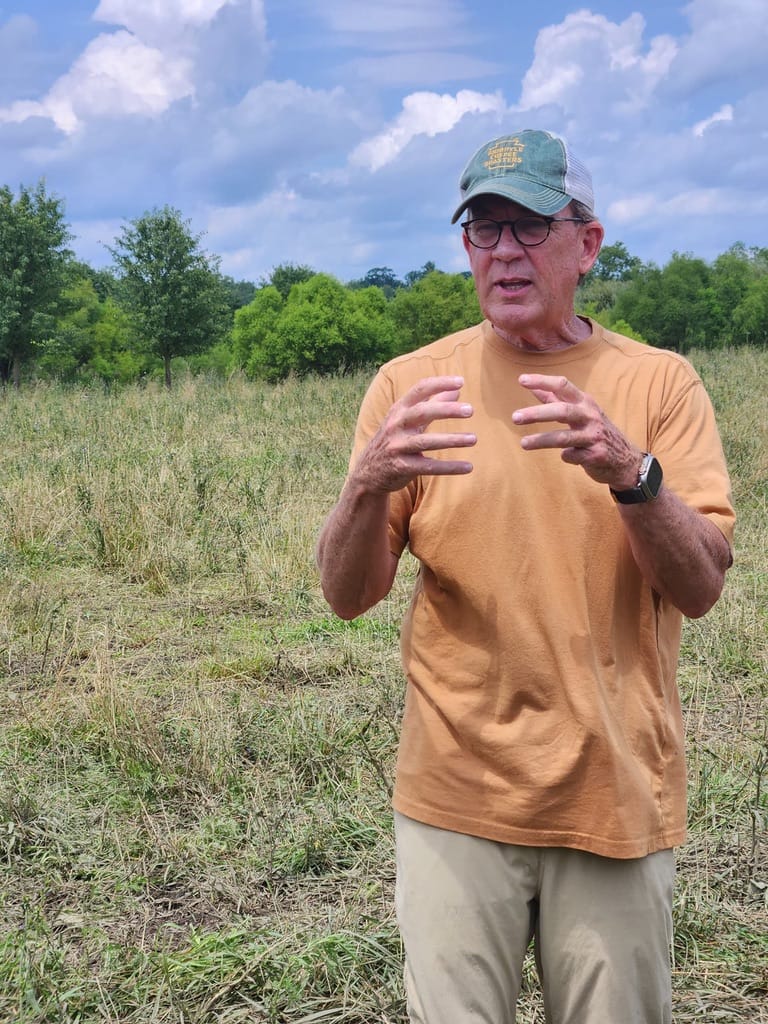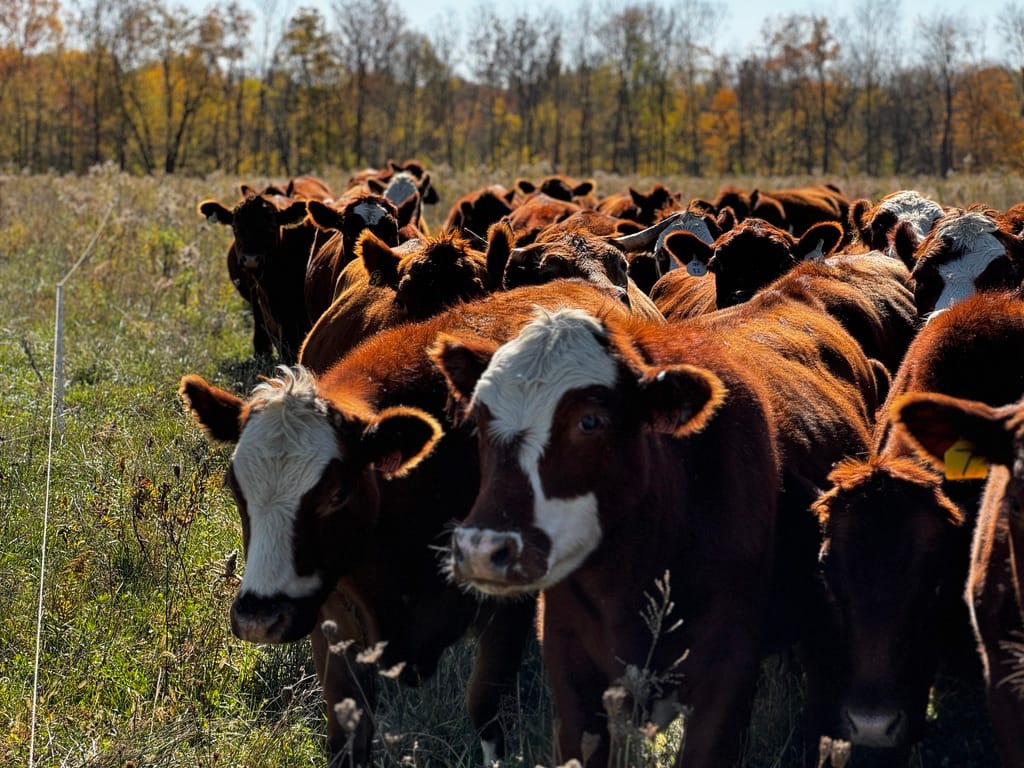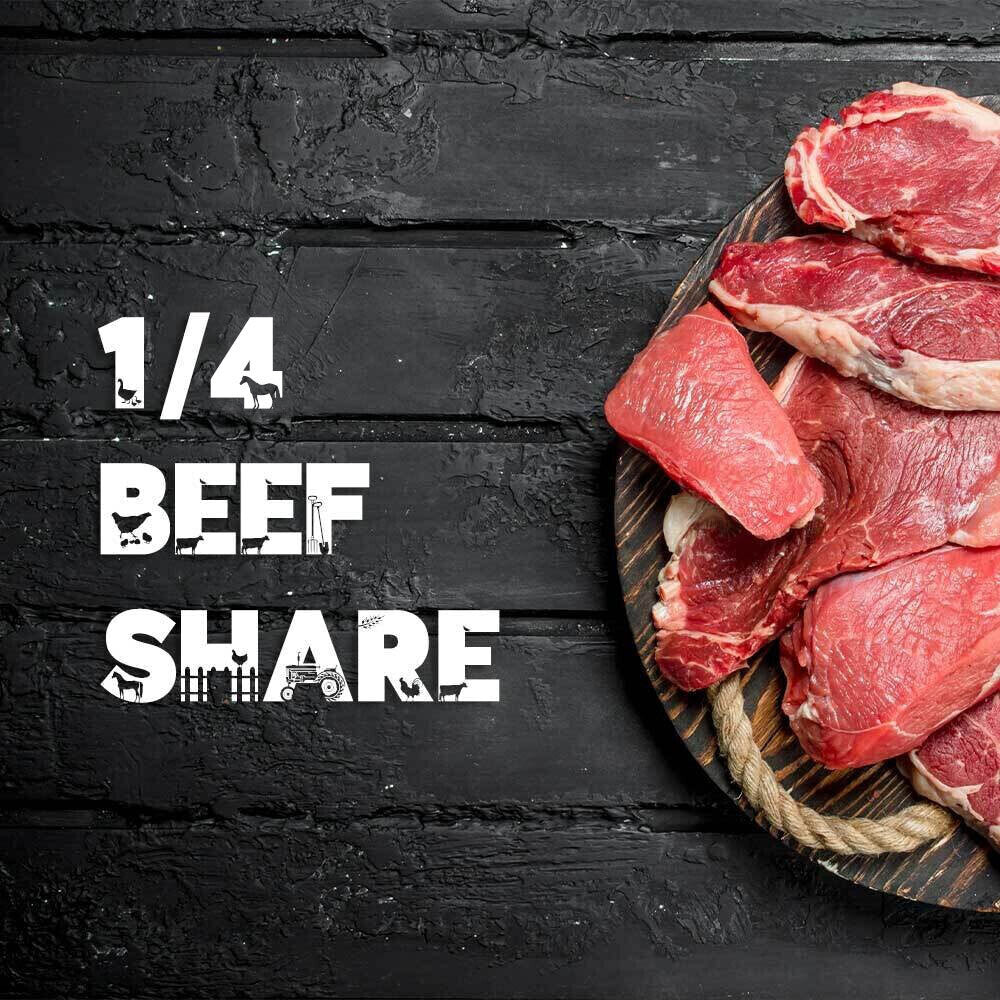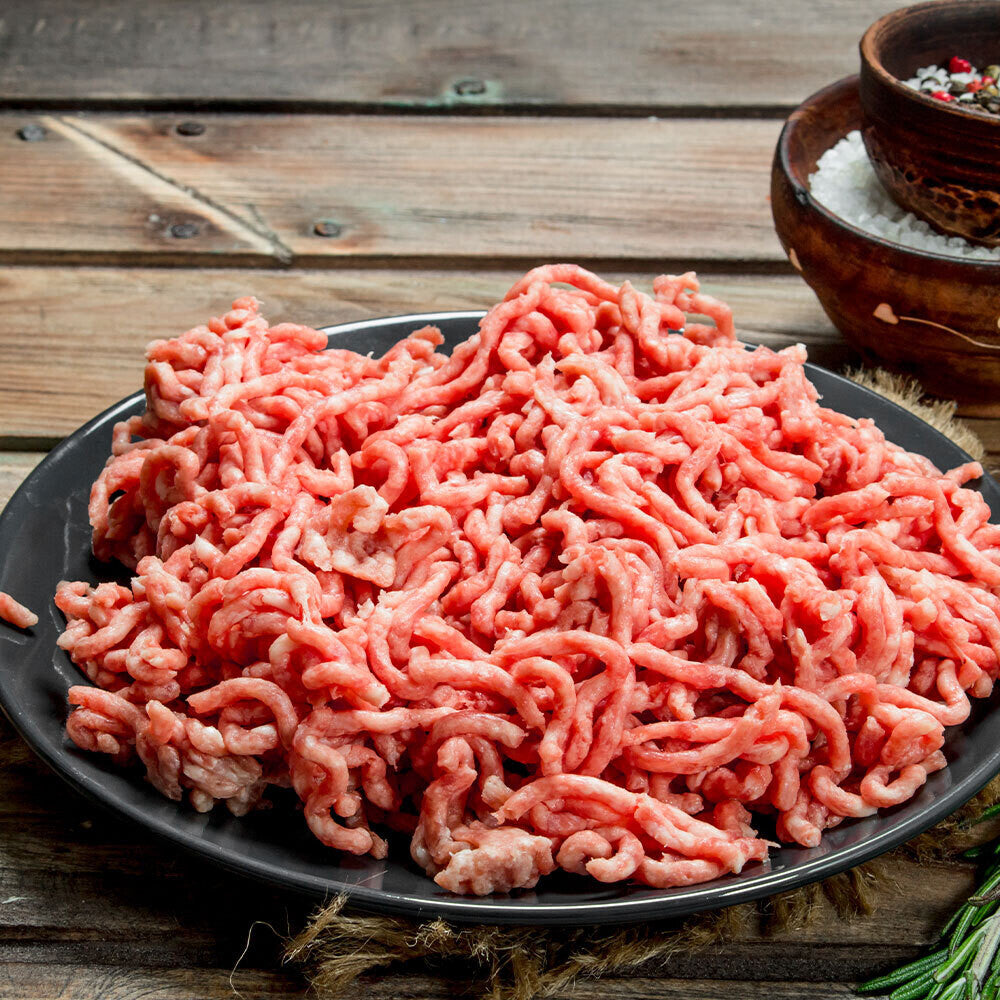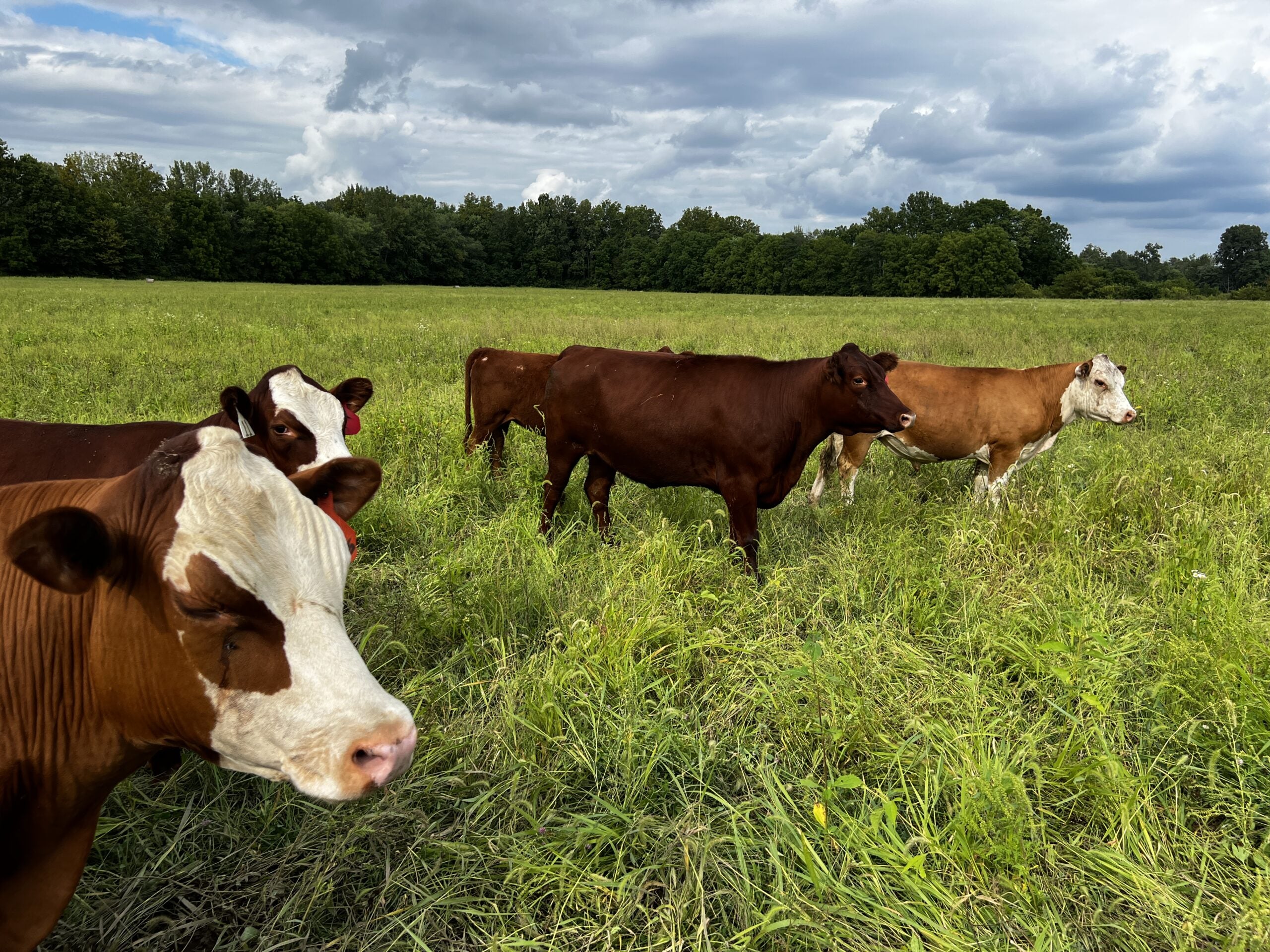
What Are PFAS Chemicals and How Do They Affect Beef?
Per- and polyfluoroalkyl substances (PFAS) are synthetic chemicals that are resistant to degradation and can persist in the environment for a long time. They are commonly known as "forever chemicals" due to their longevity. PFAS can enter the food chain in various ways, including contamination of soil and water, food packaging, and cooking utensils. Once PFAS are in the body, they can accumulate over time and have been linked to various health problems.
What are Biosolids and How are They Used in Agriculture?
In Australia, the use of biosolids in agriculture is quite common as the soils are severely degraded and require a lot of external fertilizer. Since 80% of grassfed beef consumed in the United States is imported from Australia and similar countries this should be on everyone's radar, Biosolids are organic materials that result from the treatment of sewage sludge from wastewater treatment plants. The use of biosolids in agriculture is subject to strict regulations to ensure that the material is safe for the environment and human health. The regulations typically include restrictions on the types and amounts of biosolids that can be used, as well as guidelines for the application and handling of the material.The Risks of PFAS Chemical Contamination in Biosolids
While biosolids can be a valuable source of nutrients for crops, their use can also raise concerns about potential contamination with pollutants, including heavy metals and so-called "Forever Chemicals". In the US, the use of biosolids as a fertilizer is relatively common, with millions of tons of biosolids produced and used each year. According to the US Environmental Protection Agency (EPA), there were approximately 5.5 million dry tons of biosolids produced in 2017. The primary uses of biosolids in the US are for land application such as fertilizer. The use of biosolids as a fertilizer in agriculture is subject to strict regulations and guidelines to ensure that the material is safe for the environment and human health. The EPA has developed regulations for the use and disposal of biosolids, and each state has its own regulations that may be more stringent than the federal requirements. However, biosolids can potentially contain PFAS if the wastewater treatment plant receives wastewater from sources that contain PFAS. Although it is unlikely that grass-fed beef would contain significant levels of PFAS, there is still a possibility of contamination in grass-fed beef through other means, such as contaminated water sources or soil. To address concerns about PFAS contamination in biosolids and its effects on agriculture, consumers should seek out meat that hasn't been fed grain or forage treated with biosolids.How the Use of Biosolids Affects the Likelihood of PFAS Chemicals in Meat
The use of biosolids as a fertilizer for crops has raised concerns about potential contamination with per- and polyfluoroalkyl substances (PFAS). PFAS Chemicals can enter the food chain through contaminated soil and water and can accumulate in the bodies of animals that consume contaminated crops. When biosolids are used to fertilize crops, there is a risk of introducing PFAS into the soil, which can be taken up by the plants and ultimately accumulate in the meat of the animals that consume them. This means that the use of biosolids in agriculture can greatly affect the likelihood of PFAS contamination in meat. There is a recent case where a small farm in Michigan found out it's meat was contaminated with PFAS after the grain he fed was treated with biosolids. For example, if cows are fed with grain that was grown on soil fertilized with PFAS-contaminated biosolids, the PFAS can accumulate in the cows' tissues, including their meat. In addition, if the cows are raised in an area with high levels of PFAS contamination in the soil or water, the chemicals can accumulate in their bodies through other means, such as drinking water or grazing on contaminated land. It's worth noting that the extent of PFAS contamination in meat is not well understood, and more research is needed to determine the potential risks associated with exposure to these chemicals through the consumption of meat. However, studies have found PFAS contamination in other animal products, such as dairy and fish, which suggests that the potential for contamination in meat cannot be completely ruled out.Minimizing the Risk of PFAS Chemical Contamination in Meat
To minimize the risk of PFAS contamination in meat and other animal products, it is important to ensure that biosolids used in agriculture are properly tested, treated, and managed to reduce the potential for contamination with PFAS. In addition, consumers can take steps to minimize their exposure to PFAS by choosing products where you know exactly where your meat came from and how it was raised.
Tags:
Previous post
The Benefits of Choosing Pasture Raised Chicken
Next post

